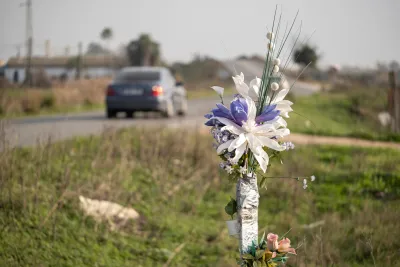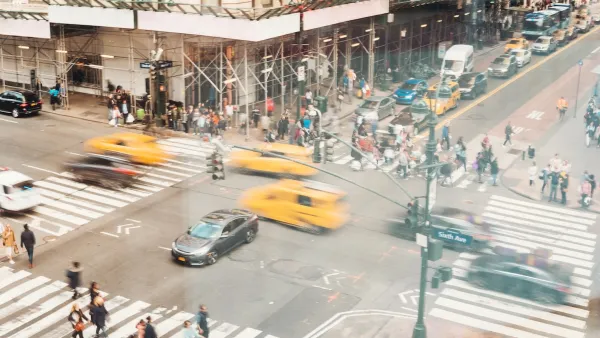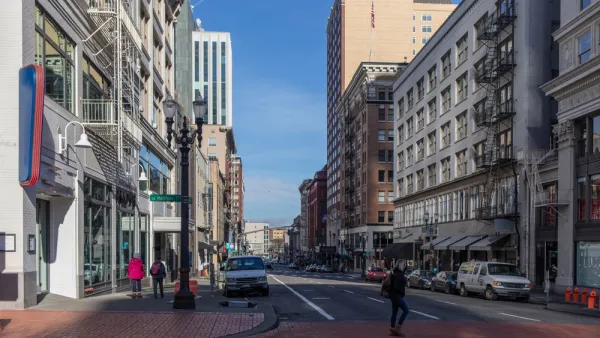According to a new report, rural roads nationwide see a disproportionate amount of traffic fatalities compared to their urban counterparts. But rural drivers in some states are at greater risk than in others.

“Traffic fatalities on the nation’s rural, non-Interstate roads occur at a rate nearly double that on all other roads,” states a new report from TRIP, a nonprofit organization researching transportation issues. Analysis of 2022 traffic data from multiple federal datasets, TRIP shows non-Interstate rural roads nationwide had an average traffic fatality rate of 2.01 deaths for every 100 million vehicle miles traveled compared to 1.12 deaths per 100 million VMT on all other roads. It also found that rural, non-Interstate roads accounted for 36 percent of the nation’s traffic fatalities but only 23 percent of all VMT in the U.S.
The report attributed these higher traffic fatality rates to a variety of factors, including a lack of roadway safety features, longer emergency vehicle response times, and higher speeds. But those factors vary highly per state. So which states are the most dangerous for rural drivers?
11 States with the Most Rural, Non-Interstate Traffic Deaths
Fatalities per 100 million vehicle miles traveled
- South Carolina - 3.11
- Delaware - 3.05
- Arizona - 2.87
- Oregon - 2.82
- Florida - 2.61
- North Carolina - 2.59
- Tennessee - 2.59
- Kentucky - 2.57
- Louisiana - 2.57
- Nevada - 2.53
- Texas - 2.52

National Parks Layoffs Will Cause Communities to Lose Billions
Thousands of essential park workers were laid off this week, just before the busy spring break season.

Retro-silient?: America’s First “Eco-burb,” The Woodlands Turns 50
A master-planned community north of Houston offers lessons on green infrastructure and resilient design, but falls short of its founder’s lofty affordability and walkability goals.

Delivering for America Plan Will Downgrade Mail Service in at Least 49.5 Percent of Zip Codes
Republican and Democrat lawmakers criticize the plan for its disproportionate negative impact on rural communities.

Test News Post 1
This is a summary

Test News Headline 46
Test for the image on the front page.

Balancing Bombs and Butterflies: How the National Guard Protects a Rare Species
The National Guard at Fort Indiantown Gap uses GIS technology and land management strategies to balance military training with conservation efforts, ensuring the survival of the rare eastern regal fritillary butterfly.
Urban Design for Planners 1: Software Tools
This six-course series explores essential urban design concepts using open source software and equips planners with the tools they need to participate fully in the urban design process.
Planning for Universal Design
Learn the tools for implementing Universal Design in planning regulations.
EMC Planning Group, Inc.
Planetizen
Planetizen
Mpact (formerly Rail~Volution)
Great Falls Development Authority, Inc.
HUDs Office of Policy Development and Research
NYU Wagner Graduate School of Public Service





























